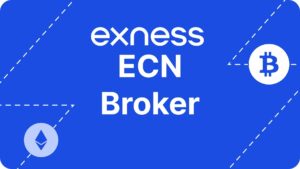Swap fees play a big role in trading, especially if you keep positions open overnight. Also called rollover fees, these charges apply when a trade stays active after the market shuts down for the day. Knowing how they work and learning ways to handle them can really improve your trading plan and profits. Exness traders, just like others, deal with swap fees, but there are simple steps to lessen their impact.
What Are Swap Fees?
Swap fees come from the difference in interest rates between the two currencies in a trading pair when you hold a position past the trading day. Depending on whether you’re buying or selling and the interest rates of the currencies, this fee might add to your earnings or cost you money. If you keep a trade open for more than a day, swap fees will likely apply, affecting your overall results.
Not every currency pair has the same swap fees since interest rates differ a lot. For instance, the swap rate for EUR/USD might not be the same as for GBP/JPY because central banks like the European Central Bank, Bank of England, U.S. Federal Reserve, or Bank of Japan set different rates. These fees can either help your profits or eat into them, so it’s important to pay attention.
Main Points About Swap Fees:
- Charged daily: Swap fees are usually worked out at the end of each trading day.
- Depends on the pair: Every currency pair has its own swap rate.
- Affected by trade direction: Buying or selling a pair changes whether the swap is positive or negative.
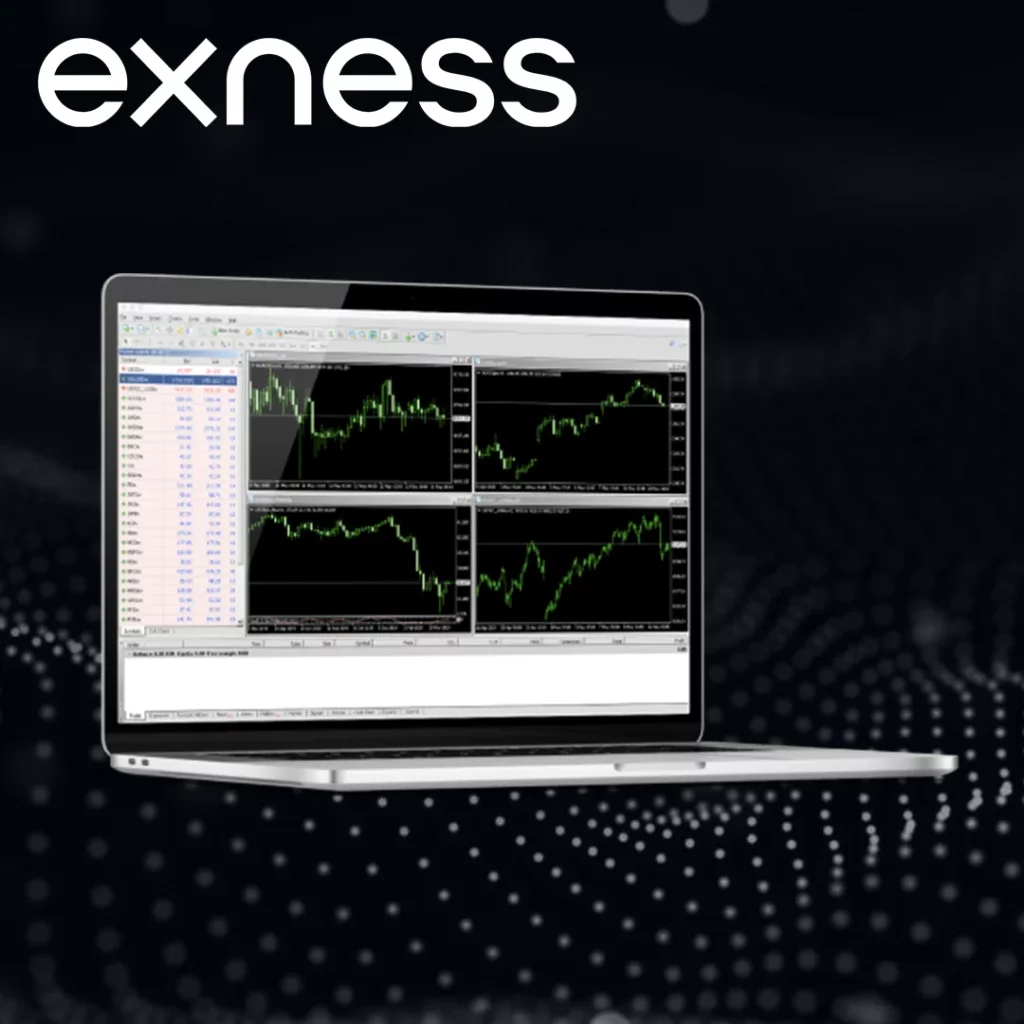
How Exness Figures Out Swap Fees
Exness uses a clear method to calculate swap fees, considering a few key factors. Understanding these helps traders plan better and predict costs. The biggest things affecting swap fees are the interest rate gap between the two currencies, whether you’re buying or selling, and how liquid the market is.
Exness has its own system for setting swap rates, making sure traders know what they’re paying. They focus on clear pricing, so you can check the latest swap rates anytime on their platform. Keep in mind that swap rates can change due to market shifts or decisions by central banks, so staying updated on economic news is a must.
| Factors | Details |
|---|---|
| Interest Rates | The gap between the interest rates of the two currencies. |
| Trade Type | Buying or selling: This decides if the swap is positive or negative. |
| Market Liquidity | More liquid markets often mean lower swap fees. |
| Economic News | Central bank moves, like raising rates, can change swap rates. |
Swap Fee Example: Let’s say you’re trading EUR/USD. If the U.S. Federal Reserve has a higher interest rate than the European Central Bank and you buy EUR/USD, you’ll probably pay a negative swap fee since you’re borrowing at a higher rate. But if you sell EUR/USD, the swap could be positive because you’re borrowing euros at a lower rate.
Why Swap Fees Matter
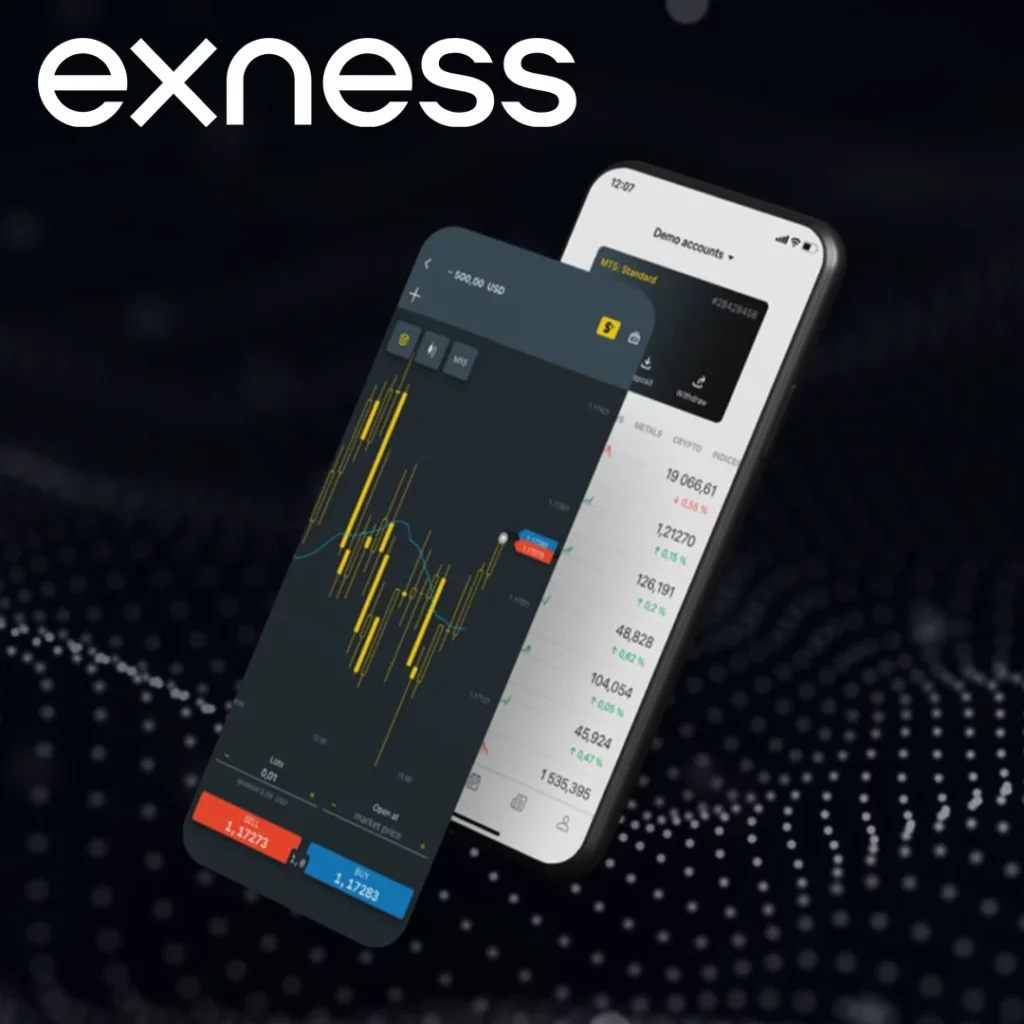
For traders holding positions for a long time, swap fees can be a big part of trading costs. These fees add up over days and can seriously affect your profits. Short-term traders might not worry much about swaps, but for those using strategies like carry trading—where positions are held for weeks or months—swap fees can make a huge difference.
Many traders ignore swap fees, but they shouldn’t. A small fee can turn a winning trade into a loss. Plus, swap rates aren’t fixed—they can change every day, making overnight costs hard to predict. Traders need to keep an eye on these fees and tweak their plans as needed.
Effects of Swap Fees:
- Long-term costs: Fees pile up when trades are held for days or weeks.
- Carry trading: Traders borrowing low-rate currencies to invest in high-rate ones are very sensitive to swaps.
- Profit impact: Swap fees can cut into earnings, making steady profits harder to achieve.
How to Lower Swap Fees
You can’t completely avoid swap fees, but there are ways to reduce them. By picking the right trading strategies, choosing suitable accounts, and keeping up with market trends, you can cut these costs significantly. Exness offers tools to help traders manage swaps more easily.
| Strategy | How It Works |
|---|---|
| Swap-Free Accounts | Choose a swap-free account to avoid these fees altogether. |
| Close Trades Early | End trades before the market closes to skip overnight fees. |
| Stick to Major Pairs | Trade pairs like EUR/USD, which often have lower swap rates due to high liquidity. |
| Track Rate Changes | Stay updated on central bank news to predict swap rate shifts. |
| Trade Smaller Sizes | Smaller positions lead to smaller swap fees. |
Try Swap-Free Accounts
Exness provides swap-free accounts for traders who can’t deal with swap fees due to religious beliefs. These accounts use a different fee setup that avoids swaps entirely. Just note that other charges might still apply even if swaps don’t.
Close Trades Before the Day Ends
Swap fees only hit positions held overnight. If you close your trades before the trading day is over, you can dodge these fees. This works well for day traders or scalpers who focus on quick market moves and don’t want to deal with overnight costs.
Pick Pairs with Lower Swap Rates
Some currency pairs have smaller swap fees because their currencies are stable and liquid. Major pairs like EUR/USD or GBP/USD usually have lower swaps than exotic pairs. Choosing these can help keep your swap costs down.
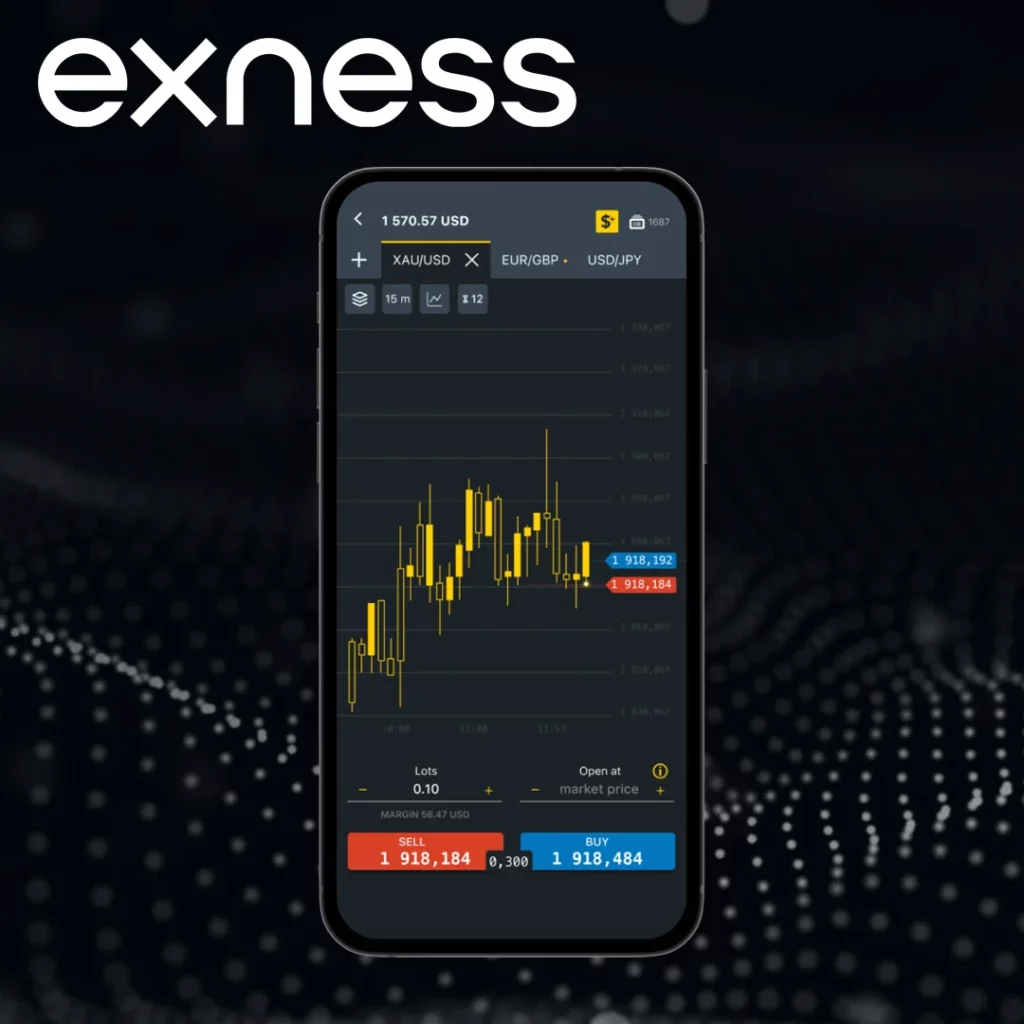
Keep Up with Economic News
Swap rates are tied to interest rate differences, so staying informed about central bank decisions and economic trends helps you guess when rates might change. Watching announcements from banks like the U.S. Federal Reserve or European Central Bank can give you a heads-up on future swap fees.
Trade Smaller Positions
Bigger trades mean bigger swap fees. By trading smaller positions, you can cut down on swap costs. Reducing your trade size is a simple way to limit your exposure to these fees.
Using Exness Tools to Manage Swap Fees
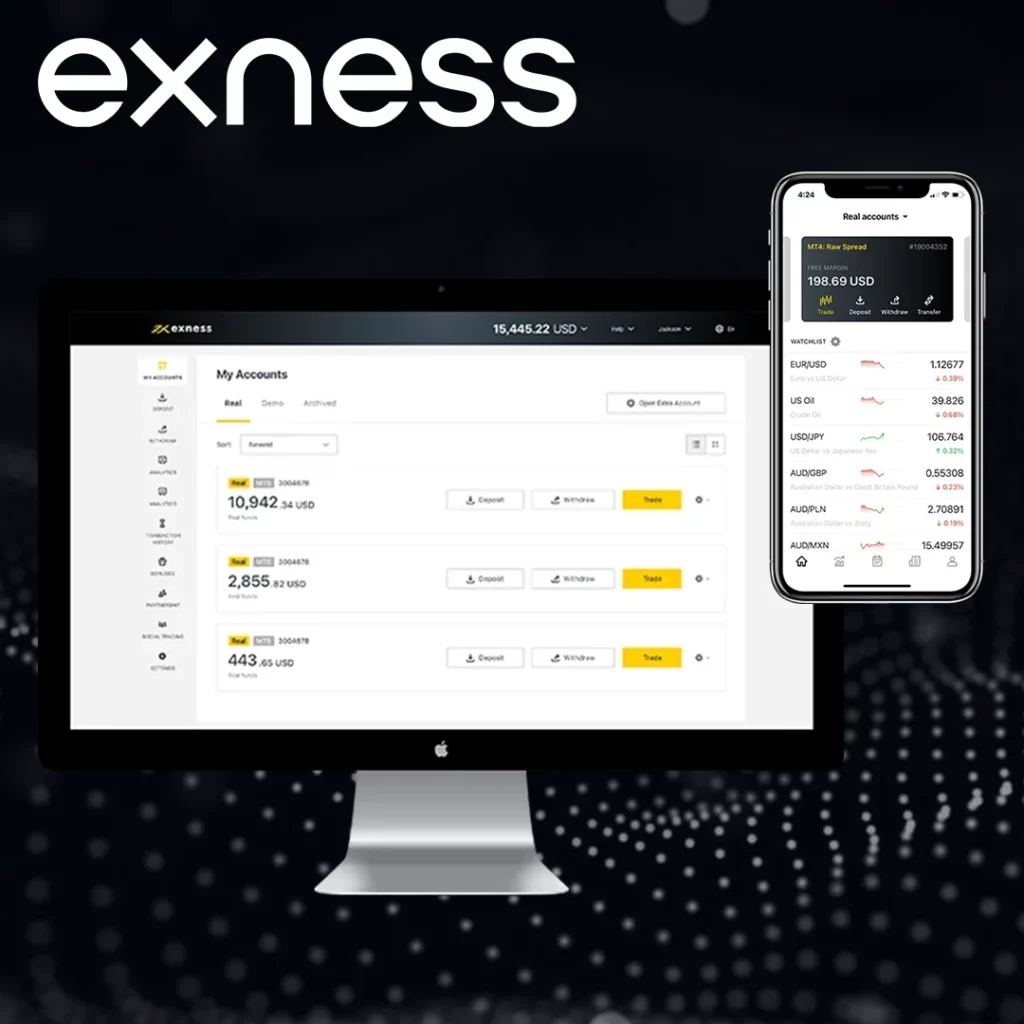
Exness offers several features and account options to help traders handle swap fees better. With flexible account settings or swap-free choices, traders have plenty of ways to reduce these costs.
Exness Tools for Lowering Swap Fees:
- Swap-free accounts: Perfect for those avoiding swaps for religious reasons.
- Flexible trading settings: Exness lets traders adjust their setup, which can help lower swap fees.
- Live swap rate updates: Exness gives real-time swap fee data for all pairs, helping traders make smart choices.
Conclusion
Swap fees are part of trading, but they don’t have to hurt your profits too much. By learning how they’re calculated and using strategies to control them, you can keep their impact low. Options like swap-free accounts, trading major pairs, or staying updated on market changes give you plenty of ways to manage these fees.
Exness provides the tools and flexibility to track and optimize trading costs. Traders who take time to understand swap rates and adjust their plans will be better prepared to protect their earnings and trade more successfully.

Trade with trusted broker Exness today
See for yourself why Exness is the preferred broker of over 800,000 traders and 64,000 partners.
Frequently Asked Questions
What are swap fees in trading?
Swap fees are charges applied when you hold a trade overnight, based on the interest rate difference between the two currencies in a pair.


